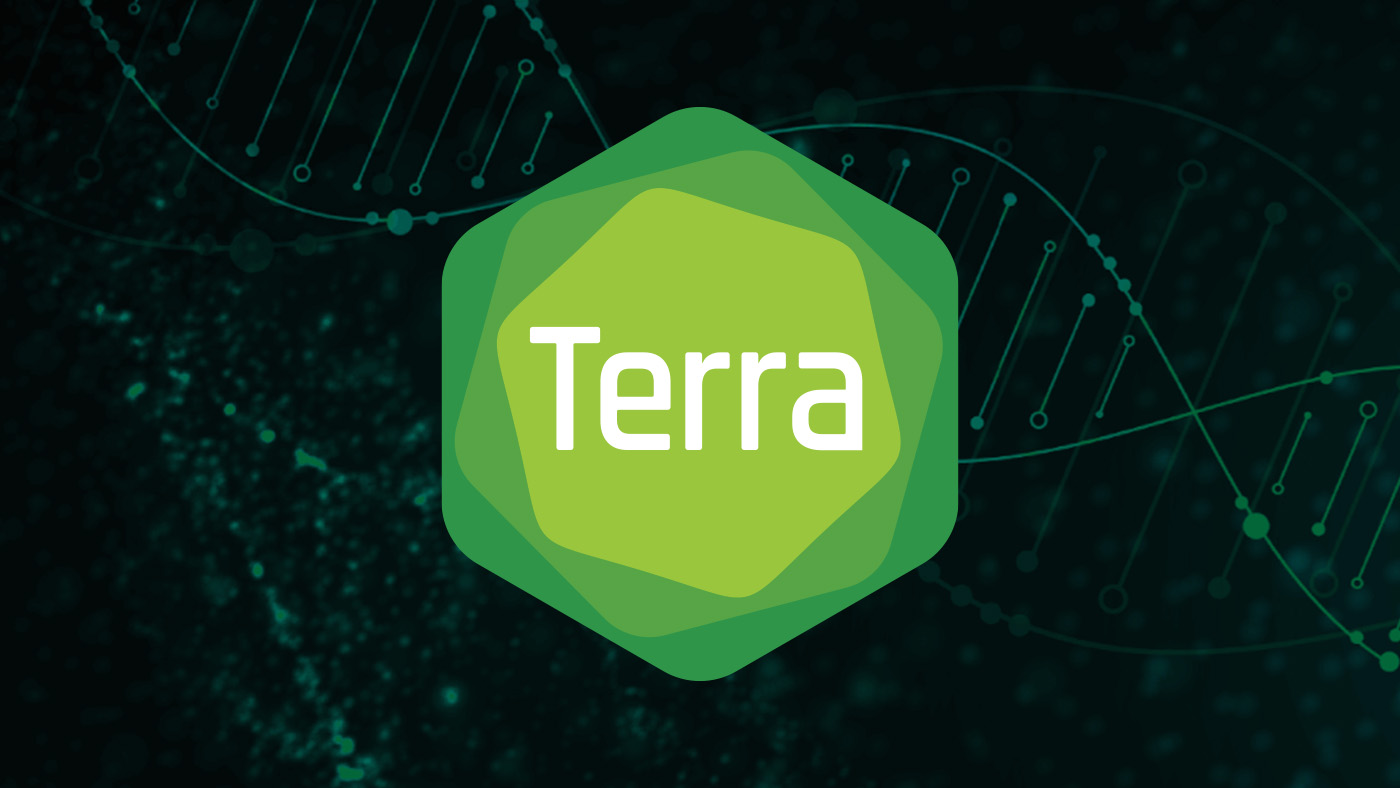 Antibiotics, antivirals, NSAIDs—the list of modern “wonder drugs” goes on and on. And yet many diseases remain resistant to drug therapy, and in other instances, the side effects of drug treatment are as bad as or worse than the disorder. Why, the public wonders, aren’t more new and better drugs coming to market?
Antibiotics, antivirals, NSAIDs—the list of modern “wonder drugs” goes on and on. And yet many diseases remain resistant to drug therapy, and in other instances, the side effects of drug treatment are as bad as or worse than the disorder. Why, the public wonders, aren’t more new and better drugs coming to market?
The answer, in a word, is cost. Modern drug discovery involves identifying likely candidates and then screening them for biological efficacy and potential toxicity. This process is enormously, often prohibitively, expensive.
Toxicity prediction in particular remains one of the great challenges of drug discovery. Even after decades of unprecedented funding, scientists still struggle to predict the toxic side effects for any given compound. Traditional statistical models that are based on empirical data, while wonderful in theory, have one key shortcoming. Unless researchers have access to either a state-of-the-art corporate datacenter or one of the world’s few supercomputers, there’s just too much data to analyze efficiently. The identification of compounds that will cause a desired biological effect requires a huge investment in technical infrastructure.
Microsoft Research Podcast
Collaborators: Renewable energy storage with Bichlien Nguyen and David Kwabi
Dr. Bichlien Nguyen and Dr. David Kwabi explore their work in flow batteries and how machine learning can help more effectively search the vast organic chemistry space to identify compounds with properties just right for storing waterpower and other renewables.
At least it did until recently. Now, the power of cloud computing offers a relatively inexpensive alternative to the huge up-front costs of building out a high-powered computing infrastructure. Researchers from Molplex, a small drug-discovery company; Newcastle University; and Microsoft Research Connections are working together to use cloud computing to help scientists across the globe deliver new medicines faster and at lower cost. This collaborative partnership has helped Molplex develop Clouds Against Disease, an offering of high-quality drug discovery services based on a new molecular discovery platform that draws its power from Windows Azure.
The Clouds Against Disease computational platform runs algorithms to calculate, rapidly, the numerical properties of molecules. As a result, Molplex has been able to produce drug discovery results on a much larger scale than has ever been seen before.
The Molplex method enables researchers to address practical issues when screening compounds. Will the compound be toxic? Will it pass safely through the human intestine? Will it stay in the body long enough? The Molplex process features extreme front loading that identifies viable drug candidates early in the research process. Contrast this with the traditional approach, which involves a great deal of up-front experimental work that is wasted when the researchers later learn that the hoped-for drug is toxic.
Access to Windows Azure, Microsoft’s cloud platform, was critical to the success of Clouds Against Disease. Molplex can take advantage of 100 or more Windows Azure nodes, which are in effect virtual servers, to process data rapidly. The physical-world alternative would be to source, purchase, provision, and then manage 100 or more physical servers, which represents a significant financial investment. Scientists taking this traditional approach would have to raise hundreds of thousands, or even millions of dollars before they could begin drug research. That’s a huge barrier for scientists around the world who want to engage in drug discovery. Windows Azure helps to eliminate start-up costs by allowing new companies to pay for only what they use in computing resources.
One of the biggest potential impacts of Clouds Against Disease lies in its ability to make drug discovery affordable for tropical diseases and niche disorders—categories that have long been low priority for drug companies, due to their limited commercial payoff. The requirement of a multi-million dollar investment before even going into the clinic doesn’t work for scientists studying drugs to combat such diseases. Radically reducing the cost of drug discovery makes it feasible for scientists to tackle these scourges and bring hope to countless sufferers around the world.
—Fabrizio Gagliardi, Cloud Engagements in EU, Microsoft Research Connections
Learn More





